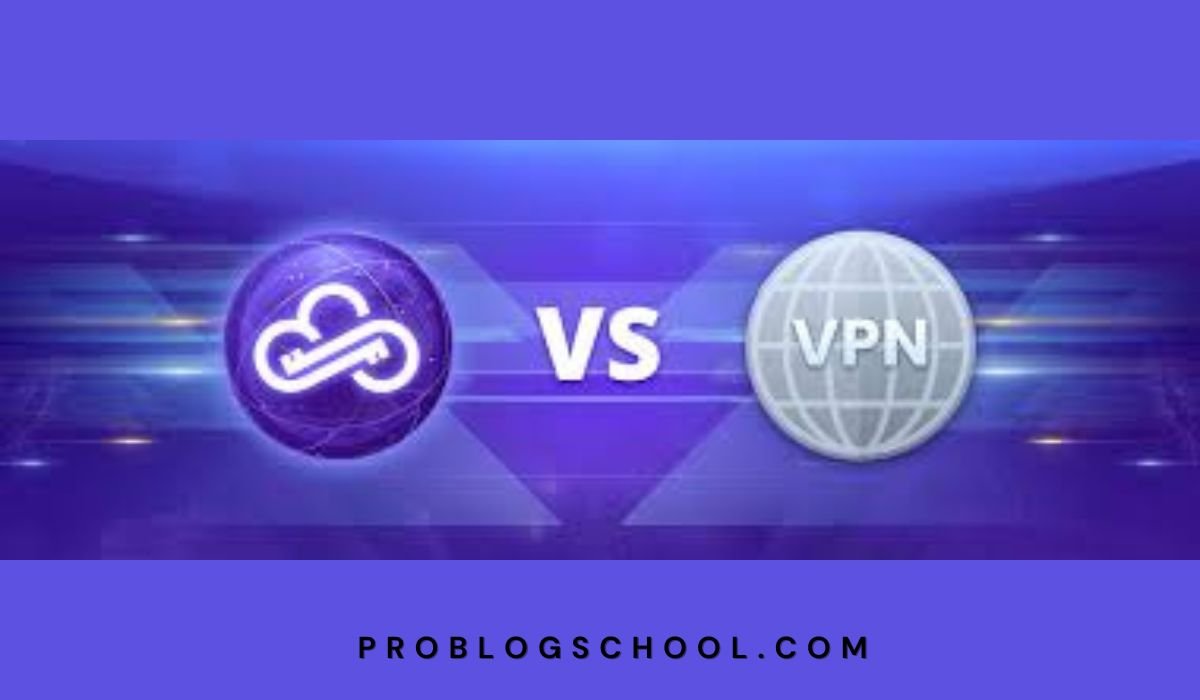Key Takeaways:
- ZTNA and VPN offer different approaches to securing network access
- Understanding their use cases can help businesses make informed security decisions
- Data-backed insights can guide the choice between ZTNA and VPN
Introduction to Network Security
In an increasingly connected world, securing network access is more crucial than ever. Cyber threats continually evolve, and organizations face constant risks from malicious attacks, data breaches, and unauthorized access. Understanding the tools for mitigating these risks can significantly affect an organization’s security posture. When comparing ZTNA versus VPN, it’s essential to know how each tool uniquely targets security to address ever-evolving challenges and vulnerabilities.
Network security is no longer a one-size-fits-all solution. As businesses expand and the need for remote work increases, modern solutions like Zero Trust Network Access (ZTNA) and Virtual Private Networks (VPN) become more evident. Although these technologies achieve similar end goals, they operate on fundamentally different principles and architectures. While VPNs have been around for decades, ZTNA is a newer approach designed to meet today’s security demands. By diving into the specifics of each, organizations can better decide which model suits their needs.
What is a VPN?
A Virtual Private Network (VPN) allows users to create a secure connection to another network over the Internet. VPNs have been popular for securing remote access and ensuring privacy online. Encrypting data and masking a user’s IP address, a VPN creates a secure tunnel between the user and the network, safeguarding the data transmitted against interception or eavesdropping.
VPNs can be particularly advantageous when users need to access geographically restricted content or when securing an internet connection on public Wi-Fi is crucial. Initially designed for connecting remote users to corporate networks, VPNs have expanded to multiple use cases, encompassing personal privacy and anonymity online. For instance, journalists, activists, and individuals in restrictive regions often use VPNs to bypass censorship and maintain communications security.
Benefits of Using a VPN
- Encryption of data: Encrypting data helps safeguard sensitive information from being intercepted by unauthorized parties.
- Anonymity: VPNs enhance online privacy and anonymity by masking the user’s IP address.
- Access to geo-restricted content: VPNs enable users to access content that might be restricted based on their geographic location.
What is ZTNA?
Zero Trust Network Access (ZTNA) is a security model that assumes no user or device should be trusted by default, regardless of whether it is inside or outside the network perimeter. ZTNA provides conditional access based on identity verification and real-time context, ensuring strict access controls at every step. Instead of allowing users broad access once inside the network, ZTNA enforces the principle of least privilege, granting access only to the resources necessary for a user’s specific tasks.
ZTNA effectively addresses the modern security challenges arising from cloud computing, mobile workforces, and the increased use of personal devices for work. By continuously authenticating and authorizing users and devices, ZTNA minimizes the risk of lateral movement within the network by malicious actors who might have penetrated initial defenses. This approach is especially relevant as companies increasingly adopt hybrid work models and utilize SaaS applications.
Advantages of ZTNA
- Continuous verification: ZTNA constantly verifies the identity of users and devices, ensuring only authorized access.
- Minimized risk: By enforcing strict access controls, ZTNA reduces the risk of unauthorized access and potential data breaches.
- Enhanced security for cloud-native applications: ZTNA is particularly effective in securing cloud-based and distributed applications.
Critical Differences Between ZTNA and VPN
While ZTNA and VPN aim to secure network access, their approaches vary significantly. VPNs encrypt data and mask a user’s IP address, creating an encrypted tunnel. On the other hand, ZTNA enforces strict access controls and continuously verifies identities. The shift towards ZTNA highlights the evolution of secure access paradigms from conventional perimeter-based security to a more distributed and identity-centric approach.
VPNs establish a secure connection between the user’s device and the target network, regardless of identity or the specific data they access. Conversely, ZTNA adopts a granular, micro-segmented approach, where each access request is scrutinized based on the user’s device health and context. This difference fundamentally changes how security is enforced, aligning ZTNA with modern distributed architectures.
Use Cases for ZTNA
ZTNA is particularly useful for organizations needing access to cloud-native applications and services. Its continuous verification mechanism ensures that the right users have the right level of access at all times, significantly reducing the risk of data breaches. As cyber threats become more sophisticated, the traditional perimeter-based security model becomes inadequate, necessitating solutions that adapt to a dynamic environment.
ZTNA’s ability to enforce granular security policies is precious in environments with diverse and distributed workforces. For instance, companies leveraging remote work policies can use ZTNA to ensure that employees, regardless of location or device, are consistently authenticated and authorized. Additionally, industries handling susceptible data, such as healthcare and finance, can benefit from the robust security controls ZTNA offers.
Ideal Scenarios for ZTNA
- Securing remote work environments: ZTNA provides robust security for employees working from various locations.
- Protecting cloud-based applications: It offers enhanced security for apps hosted in the cloud.
- Mobile workforce: Organizations with employees frequently on the move benefit from ZTNA verification.
Use Cases for VPN
VPNs remain valuable for environments where remote access to an internal network is required. They are widely used in scenarios where anonymity and privacy are critical. For example, businesses use VPNs to enable their employees to access internal resources securely from remote locations.
Moreover, VPNs are commonly employed by individuals looking to protect their online privacy and evade geographic content restrictions. Given their capability to secure connections on public Wi-Fi networks, VPNs are also favored by travelers and individuals in environments with unsecured or risky internet access. While less granular than ZTNA, VPNs provide a straightforward and effective means to secure data communications.
When to Use a VPN
- Accessing network resources remotely: VPNs allow users to securely connect to their organization’s work from anywhere.
- Securing Internet connections on public Wi-Fi: VPNs protect data using open or unsecured Wi-Fi networks.
- Maintaining user anonymity: VPNs enable users to browse the internet without revealing their IP addresses.
Making the Right Choice for Your Business
Choosing between ZTNA and VPN depends on factors such as the existing IT infrastructure, specific security needs, and budget constraints. A hybrid approach might even be the best solution for some organizations. Evaluating these factors will help you make an informed decision tailored to your business’s unique requirements.
For organizations heavily reliant on cloud services or with a significant proportion of remote employees, ZTNA authentication and micro-segmentation might offer a superior security posture. Conversely, businesses needing a secure tunnel for data transmission might find VPNs more aligned with their current needs and budget. Understanding the organization’s unique security landscape and future growth is critical to making a sound choice.
Considerations for Decision-Making
- Assess the current security infrastructure: Identify gaps and align them with the features ZTNA or VPN offers.
- Understand specific security requirements: Determine if the organization needs continuous verification or encrypted tunneling.
- Evaluate costs: Consider both initial implementation and ongoing operational expenses.
Conclusion
ZTNA and VPN provide valuable network security solutions with unique strengths and use cases. By understanding their differences and applications, businesses can make informed decisions to protect their digital assets effectively in today’s evolving threat landscape.











